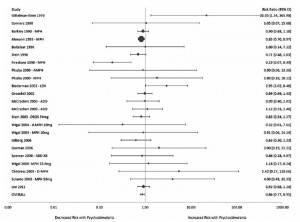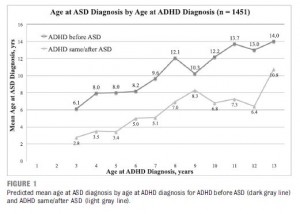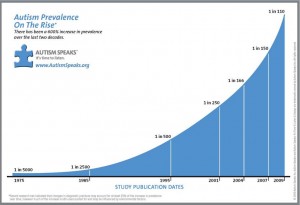Despite the fact the we spend nearly a third of our life asleep, many fundamental questions, such as how much sleep we really need, remain debated. One popular view is that most of us living in modern cultures are chronically sleep deprived and this may be one of the causes of many health problems, from obesity to depression.
To try and get a better handle on natural sleep habits, some researchers recently published a study that examined the sleep patterns of three pre-industrial societies in Tanzania, Bolivia, and  Namibia that were mainly hunter-gatherer or hunter-horticulturalist groups. None of the three groups used modern conveniences to alter light or temperature. Of chief interest were the basic statistics regarding sleep onset and duration and their relations to environmental variables such as light and temperature. Sleep was measured using watch like devices worn on the wrists for 6 to 28 days.
Namibia that were mainly hunter-gatherer or hunter-horticulturalist groups. None of the three groups used modern conveniences to alter light or temperature. Of chief interest were the basic statistics regarding sleep onset and duration and their relations to environmental variables such as light and temperature. Sleep was measured using watch like devices worn on the wrists for 6 to 28 days.
Interestingly (and fortunately for the researchers trying to synthesize their data), there were many similarities between the three societies with regards to sleep habits. The total sleep duration was found to range between 5.7 to 7.1 hours per day, with about 1 hour more of sleep occurring during the winter. Initiation of sleep tended to occur about 3 hours after sunset with awakening occurring generally before sunrise. Somewhat unexpected was that these patterns seemed to be as much related to temperature as light, with sleep onset occurring during the period of rapid temperature decline and awakening occurring around the time temperature is at its lowest.
Contrary to some data suggesting that our ancestors slept in two waves with a period of quiet wakefulness in between, extended periods of nocturnal awakening were rare. Napping was also not particularly common but did occur in about 7% of days during the winter and 22% of days in the summer (this was an estimate and may have counted periods of rest without sleeping). Interviews with subjects revealed that, despite none of the three cultures having a word for insomnia, the problem was reported by some, albeit at levels typically lower than that of industrialized societies.
The authors concluded that their data suggest, contrary to some popular opinions, that sleep in industrial societies has not been artificially reduced below natural levels due to the pressures of modern culture. At the same time, however, there was evidence that modern sleep schedules have veered in some different ways, possibly due to all the artificial light and temperature controls we now enjoy.
While definitely an interesting study, the clinical takeaway is not immediately clear. One possible implication might be to relax our pushing of people to get at least 8 hours of sleep per night. There could also be benefit for people with sleep problems to try and shift their schedules somewhat or create light and temperature variations that more closely mirror the natural world.
Reference
Yetish G, et al. Natural Sleep and Its Seasonal Variations in Three Pre-industrial Societies. Current Biology 2015; 25:1-7.









